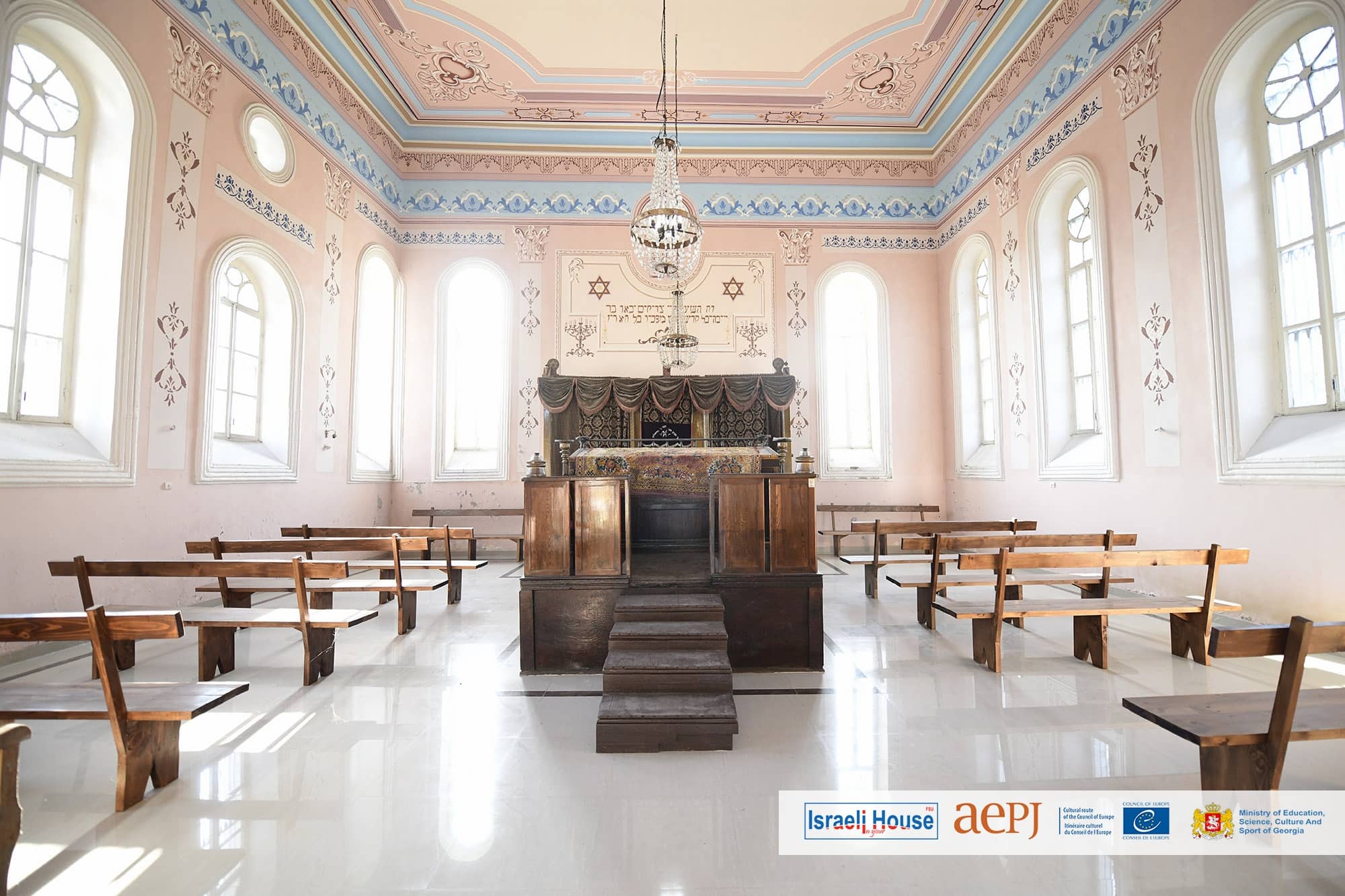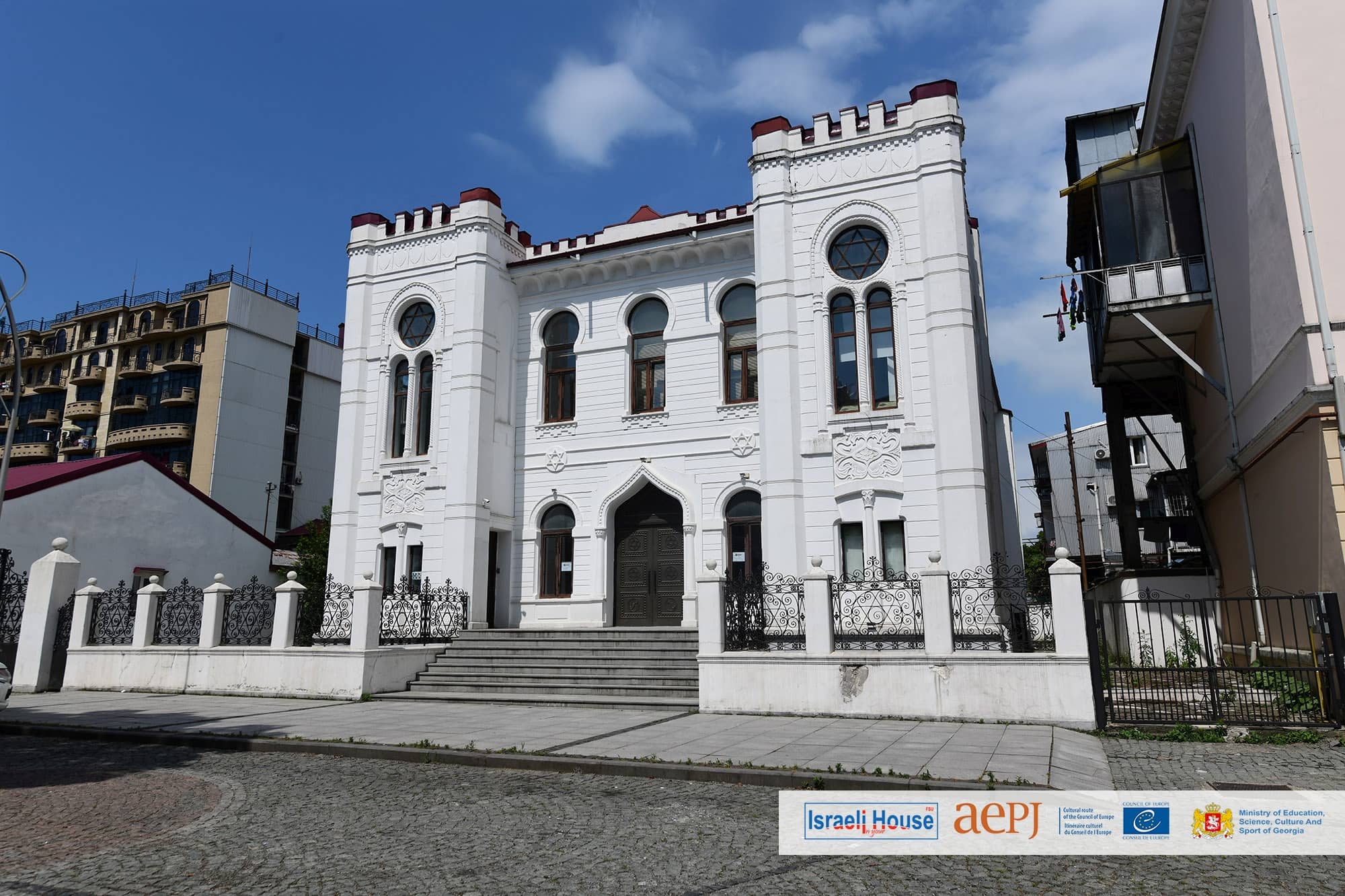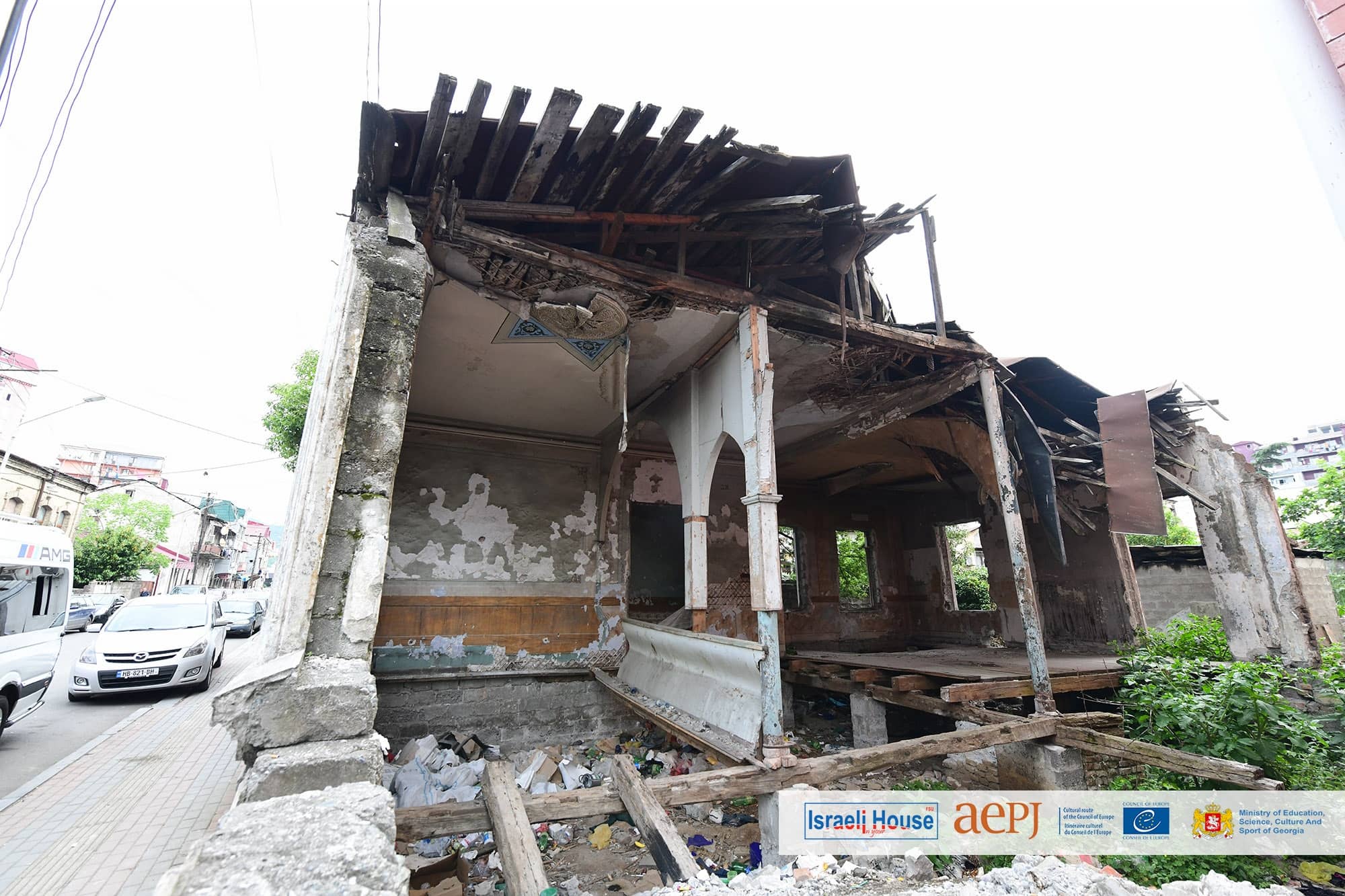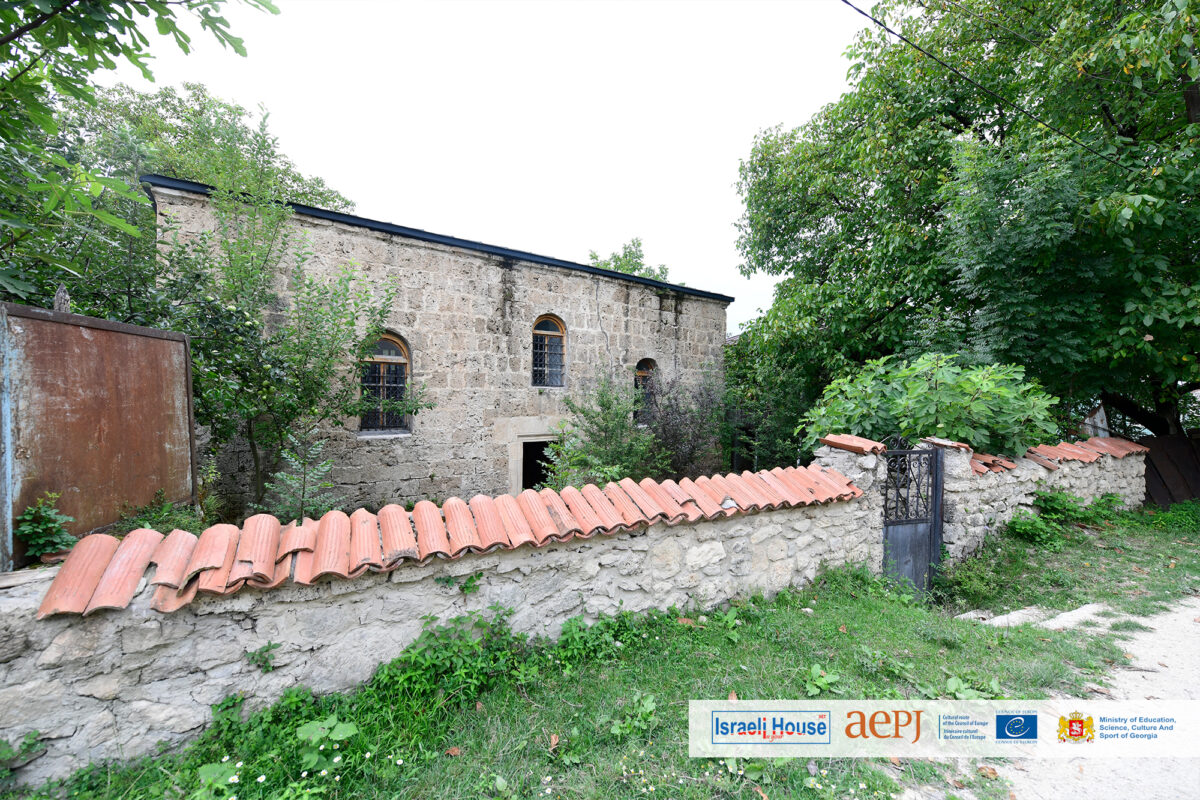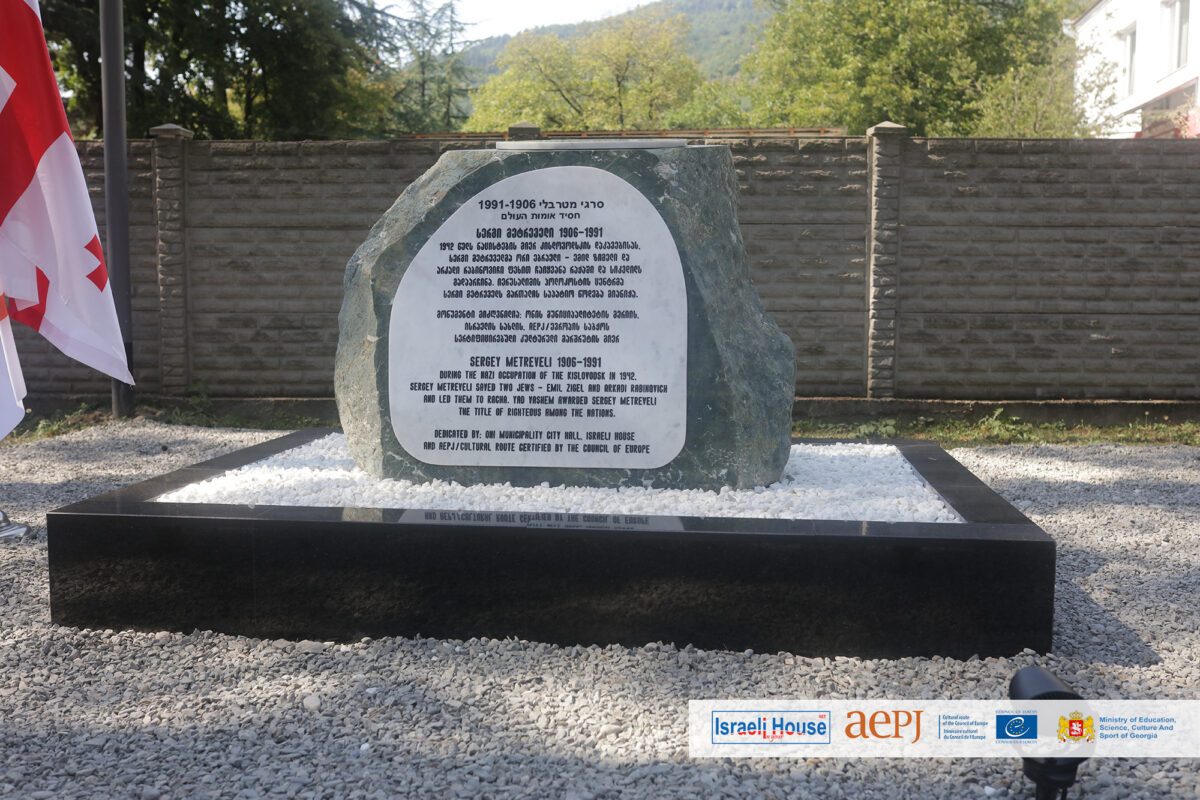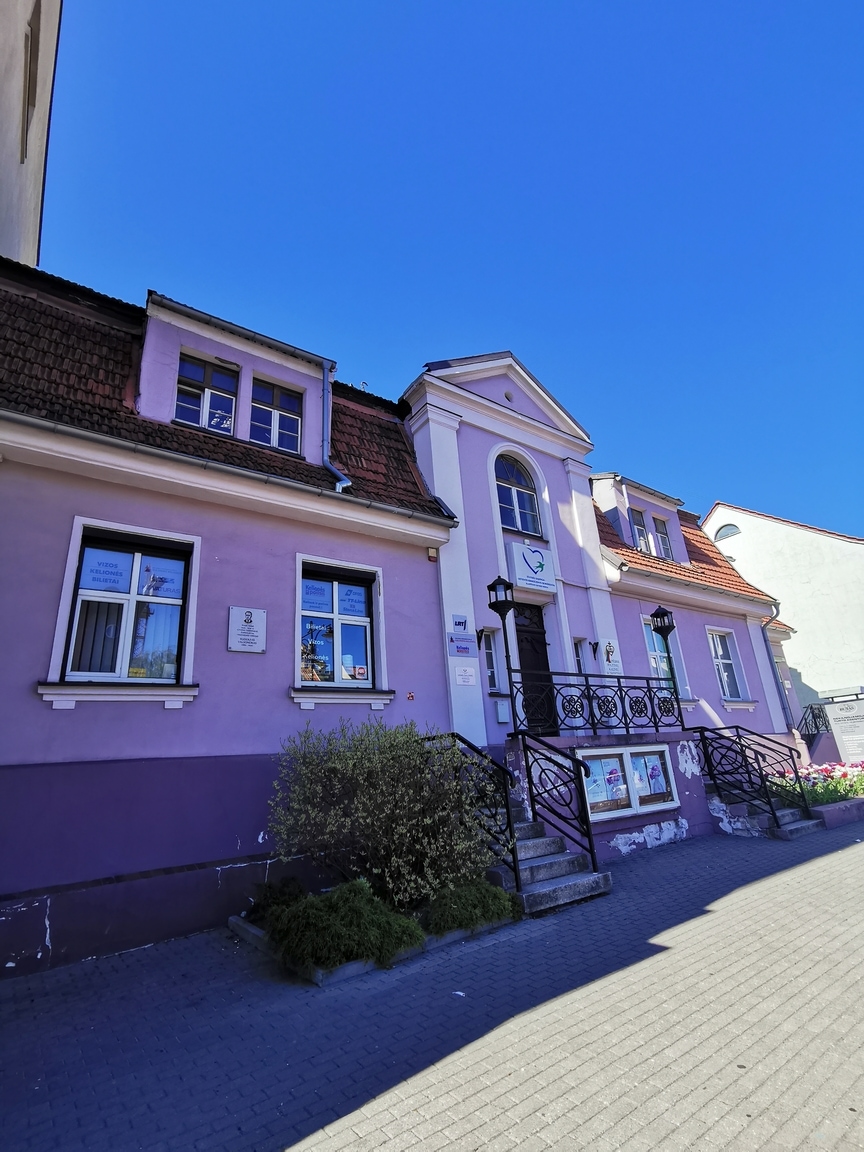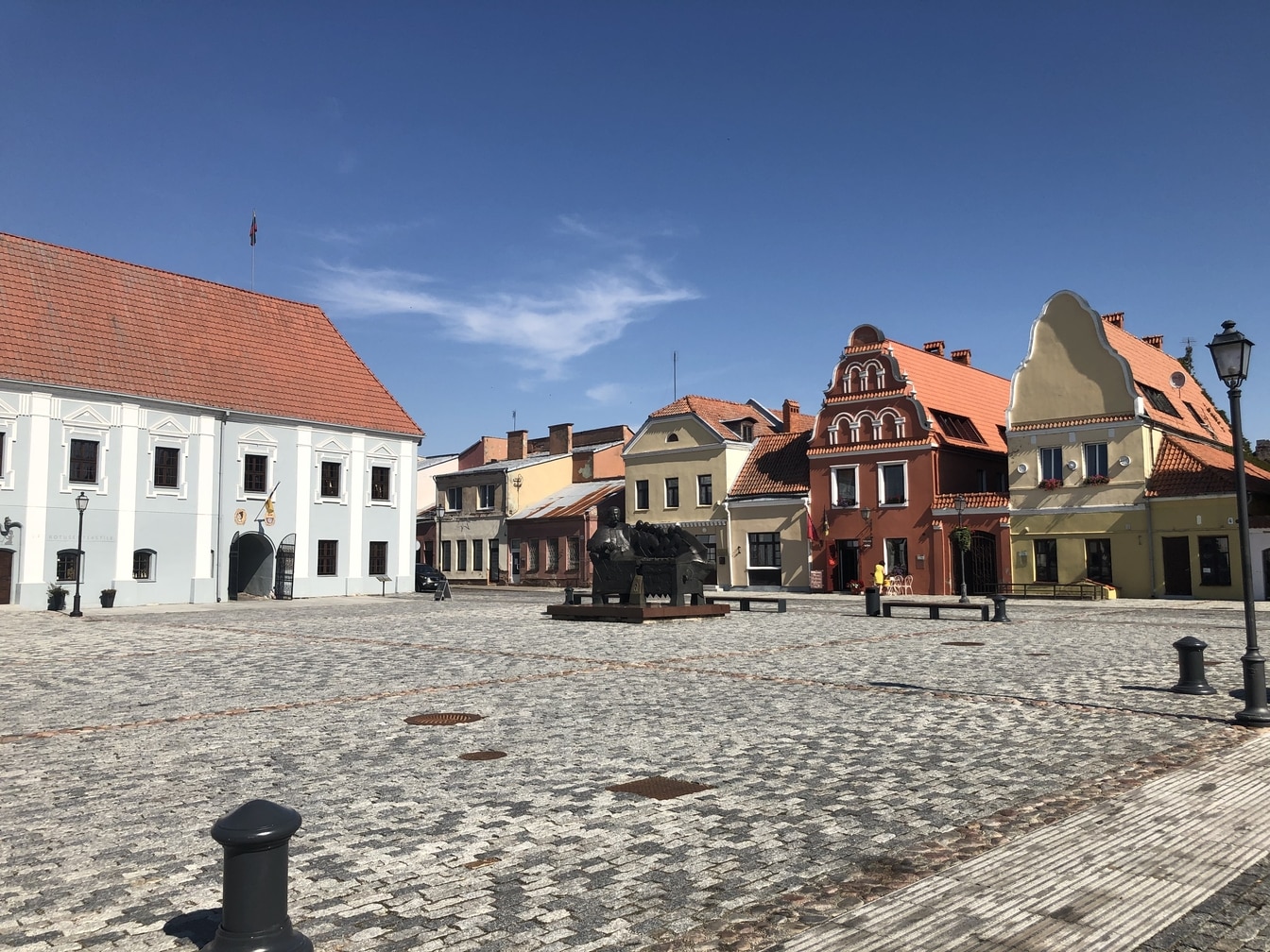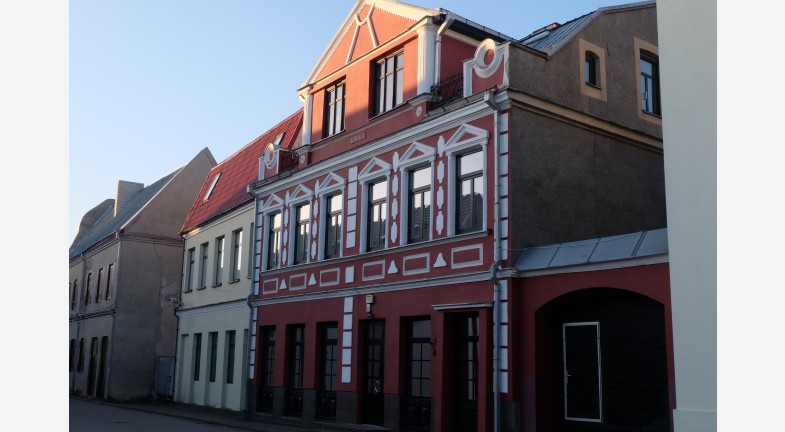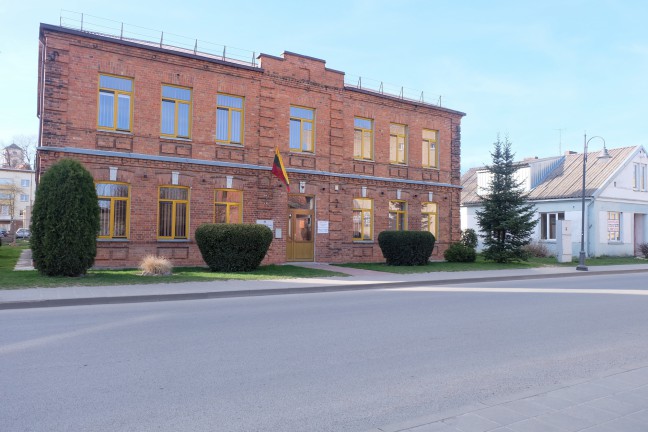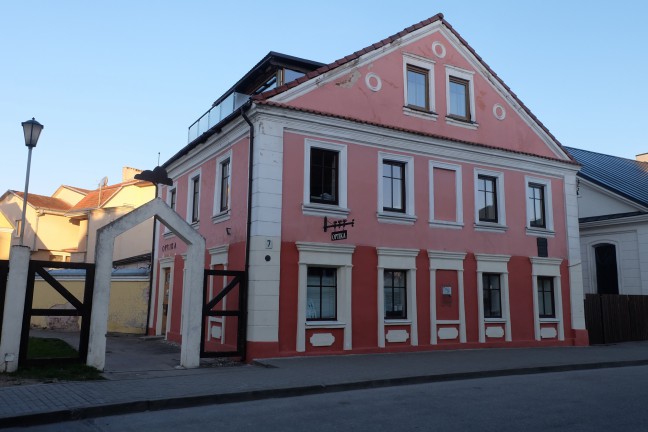The Synagogue of Vani is located in the Imereti region, Vani municipality and it was built in the 19th century, by brick as a constructor material. Both outer and inner parts of the building are painted. It is considered as one of the leading three Imereti’s synagogues due to its interior and architecture.
Site Tag: Attraction
Batumi Synagogue
At the beginning of the 20th century, with the permission of the Emperor Nicholas II of Russia Construction of the “Ashkenazi” stone synagogue started, which was completed in 1904 under the guidance of architect Semion Vulkovich. It was analogous to the synagogues of Amsterdam and The Hague. During the Soviet era, the building was used for various purposes. In 1993, the synagogue was handed over to the Jewish Diaspora again. Jews mostly visit the synagogue on Saturdays and holidays. The Batumi Synagogue is also frequently visited by tourist groups who come from Israel.
Batumi Old Synagogue
The synagogue, which was built in Batumi, 9 March St, at the turn of the 19th and 20th centuries, has been abandoned for several years and it is on the verge of collapse. The building got damaged in 2015 after the company named “Inshaat” started building a tall apartment complex next to it. The building was granted the status of a cultural heritage monument on 25 September, 2018 and is under the care of “Cultural Heritage Preservation Agency of Adjara”.
Lailashi
Lailashi is a village in Georgia, Racha Lechkhumi and Svaneti. It is a center of Temi and is located at the south-west bank of the watershed ridge of the rivers Lajanuri and Askistskali. Lailashi has long been known by the Georgian Jews living there according to historians in the beginning of the twentieth century, more than 1,200 grown-up Jews lived there. In 1976 there were 50 Jewish families living in Lailashi. In this village the Lailashi bible was discovered, hence the mention of its name in the title. It’s interesting that nobody knows how the book ended up in the village. We have already discussed the cultural importance of this discovery.
Oni Monument
On the 2nd of September, the monument dedicated to Sergei Metreveli and the victims of the Holocaust was opened; the ceremony was organized by the “Israeli House” and City Hall of Oni municipality. The event was held within The European Days of Jewis Culture and was supported by The European Association for the Preservation and Promotion of Jewish Culture and Heritage (AEPJ).
In 1942, once the Nazis invaded Kislovodsk, which is a city located in the north Caucasus, Sergei Metrvel, who at that time, worked in a wine factory in the said city, helped some Jews escape the place and sheltered them in Racha, Utsera. The Jews who could not leave Kisovodsk were shot by Nazis. In 2006 World Holocaust Center in Jerusalem – Yad Vashem, gave Sergei Metrevel the nobel status of “Righteous Among the Nations”, which made his name immortal. In 2015, with the support from the Knesset, the “Israeli House” filmed a movie about Sergei Metreveli and the survivor Emil Zigel. The premier, organized by the “Israeli House”, of the film was held at a Hasbara event.
A Memorial Plaque to Rudolph Valsonok
In 1926 Rudolf Valsonok (1889-1946) was driven to Memel (Klaipėda) by journalism and politics – two spheres he remained loyal to for the rest of his life. Here in Memel Valsonok spent his most creative years, worked as an editor, not only wrote a lot on the economic and political issues in a local newspaper but also published several books. At the same time, he actively represented the interests of the Nafthal family. After surviving Kaunas Ghetto and the Dachau concentration camp, in the last years of his life, Valsonok became the editor of the first port-Holocaust Jewish newspaper, Ladsberger Lager Tsaytung in Landsberg. He resided in several places in Memel.
Great Market Square
Jews settled in the private town of Kėdainiai in the first half of the 17th century. The Jewish community grew rapidly, so local Christian-dwellers asked town owners to implement restrictions on Jews, limiting their living space in town. Thus, the town’s owner issued regulations, which allowed Jews to live only in a separate part of town – the Jewish quarter, which is located around the Synagogue complex. However, despite the restrictions, some Jews lived outside the boundaries of the Jewish quarter. The main market square was the most attractive place in town to do business, as many people from neighboring towns and other areas gathered here during the weekly markets. Most of the local Jews engaged in crafts and small trade. Later, in the 19th century, the local Jews began to grow cucumbers and sell them in many Lithuanian and even Latvian towns.
Pharmacy of Wulf Polones
A three-story building on Didžioji Street belonged to a Jew Bavilak, who rebuilt it after a fire in 1908, adding to the facade elements of the eclectic architecture. The ground floor was adopted for a shop and the other ones were residential premises. After World War I, the building’s owner was a Jew Wulf Polones, who established there a pharmacy. After the murder of Kėdainiai Jews in 1941, the pharmacy was nationalized and operated until 1988.
Jews Children Orphanage
In Kėdainiai there was an actively involved Jewish association of charity, social support, and culture Ezro, which owned some buildings and hired them out for poor countrymen, repaired and funded public buildings. The association Ezro worked to set up an orphanage here in Kėdainiai. In 1930, 23 children (13 boys and 10 girls) lived in Kėdainiai Jewish children’s orphanage. The orphanage owned a two-story house with a garden in Josvainių Street. Living conditions in the orphanage were good. Rooms were large, children were provided with clothes and footwear. The material position of the orphanage was maintained by the mentioned Ezro association, that established the orphanage. The orphanage was financed by Ministry of the Interior and Kėdainiai municipality. It is known that pupils of the orphanage would arrange plays and shows.
Kedainiai Rabbinic School
A two-story massive square plan building. Elements of classical architecture were added during reconstruction in the 1st half of the 19th century. The house with a vaulted cellar was built in the late 17th century by the town’s Mayor Mykolas Kveravičuus, whose wife Ona Peterson was of Scottish origin. The family had owned the house till 1725. From 1731 till World War II, the house belonged to Jews. During the interwar period, on the ground floor, there were a bakery and Kėdainiai Rabbinic School. Currently, the ground floor of the reconstructed building with classical and eclectic architectural elements is occupied by an optician’s shop and the first floor is residential.
